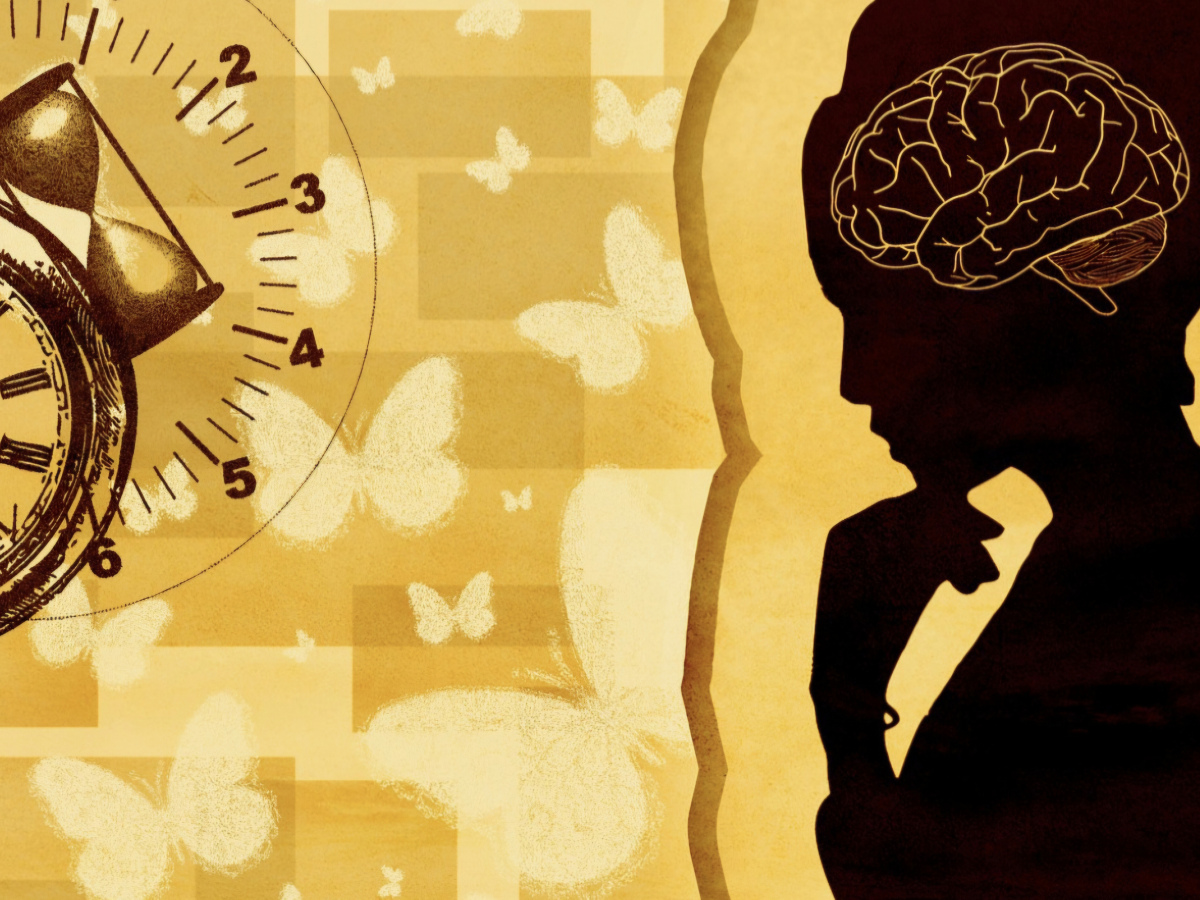Chandra's ADHD Journey
Embracing the Chaos: Chandra Harrison’s Journey with ADHD
October is ADHD Awareness Month, a time to celebrate the strengths of neurodivergent thinkers, raise awareness about the challenges, and reflect on how we can create more inclusive spaces for everyone. For Chandra Harrison, Managing Director of Access Advisors, ADHD shapes how she navigates her days—bringing both chaos and creativity. From losing her glasses in the fridge to hyperfocusing on projects, Chandra’s journey is a testament to the unique ways ADHD minds experience the world.
This is her story—a glimpse into the quirks, challenges, and triumphs of living (and thriving) with ADHD.

Life with ADHD: A Game of Hide-and-Seek
“Where are my glasses?” is a phrase Chandra finds herself asking more than she’d like.
“They end up in the strangest places,” she chuckles. “The fridge, a bookshelf, or—worst of all—on my head. My kids think it’s hilarious, like a never-ending game of hide-and-seek.”
These moments are a lighthearted reminder of the unpredictability that ADHD brings into everyday life. But there’s more to ADHD than amusing forgetfulness—it’s about balancing extremes and embracing both hyperfocus and distraction.
The Ups and Downs of Hyperfocus
Chandra knows what it’s like to work in bursts of productivity, sometimes losing track of time while deeply immersed in a project.
“When I’m in the zone, I can complete a task in one sitting,” she explains. “But on other days, I’ll get sidetracked by something as small as a shiny pen on my desk.”
This ebb and flow of focus—jumping between intense productivity and moments of distraction—can feel like a rollercoaster. It’s a pattern many people with ADHD are familiar with, but Chandra has learned to ride it with grace.
“Once I realised this wasn’t a personal flaw but part of how my brain works, it made a world of difference.”
ADHD in Women: Flying Under the Radar
Chandra was diagnosed with ADHD as an adult, a common experience for women. Unlike the stereotypical hyperactive boy who can’t sit still, ADHD in women often manifests internally—through racing thoughts, anxiety, or a constant mental to-do list.
“Many women don’t get diagnosed until later in life. It’s often mistaken for stress or anxiety,” she reflects. “But once we get the right diagnosis, the anxiety eases, because we finally understand what’s going on.”
Fidgeting to Focus
One of Chandra’s coping mechanisms is movement. 
“I can’t sit still for long. I was once described as moving around a lecture hall like a caged lion,” she laughs.
Long meetings can be tricky, as her mind tends to work faster than the conversation. “I’ve usually solved the problem while everyone’s still talking,” she admits.
This restlessness might seem like distraction, but for Chandra, fidgeting or checking her phone helps her stay engaged.
“Remote work has been a lifesaver—it lets me move around without feeling like I’m disrupting anyone.”
Scaffolding for Success
Staying organised with ADHD isn’t easy, but Chandra has developed strategies that work for her. She leans on her team and uses what she calls “scaffolding” to structure her days.
“Ross and Catherine are amazing—they help keep me on track. And my diary is blocked out in 15-minute chunks. I also set alarms so I know when to switch tasks,” she says.
Her routines extend to the practical side of life too. “I have a mental checklist before leaving the house: keys, wallet, phone. I’ve forgotten my wallet before—once mid-flight to Auckland—but Apple Pay saved me!”
Navigating the Digital World with ADHD
Chandra’s ADHD gives her a unique perspective on digital accessibility. Websites with too much movement—like autoplaying videos or flashing banners—can make it hard for her to focus.
“Visual overload is my biggest challenge. It’s not the noise, but the constant movement that throws me off,” she explains.
She suggests that designers give users more control, such as turning off autoplay features. “A little breathing room—like white space and fewer distractions—makes a big difference.”
Designing Social Media for Neurodivergent Minds
Chandra also advocates for thoughtful social media design.
“Captions should always be in the same place, preferably at the bottom of the screen, and use high-contrast colours,” she says. “It’s frustrating when platforms don’t give users enough control to customise their experience.”
Small changes, like avoiding ALL CAPS text and keeping movement to a minimum, can help create a more inclusive online space for ADHD users.
Lessons from Her PhD
Chandra reflects on how structure helped her manage a demanding PhD while juggling work, teaching, and personal life.
“I used a simple strategy—setting a timer for 45 minutes and focusing on one task at a time. I didn’t realise then that it’s a common ADHD coping tool,” she says.
Though she succeeded, burnout was a real risk. “I was doing my PhD, working at a digital agency, planning a wedding, and teaching. It was a lot, but having a routine kept me afloat.”
Turning Challenges into Strengths
For Chandra, ADHD is both a challenge and a superpower. Her ability to spot patterns and think outside the box has been key to her success in digital accessibility.
“I’ve always been good at noticing when things don’t fit, which is why I love this work—solving problems and making digital spaces better for everyone,” she says.
Her passion for accessibility is also personal, inspired by her father, who has dyslexia. “I wanted to make technology easier for him. He still struggles, but knowing I’m helping others makes it worth it.”
Celebrating Neurodivergence
Chandra’s journey is a powerful reminder that ADHD isn’t a flaw—it’s just a different way of thinking. With the right support systems and a bit of structure, people with ADHD can thrive in both their personal and professional lives.
“We need to embrace neurodivergent thinking,” she says. “It brings creativity and fresh perspectives. If we can make space for it, everyone benefits.”
This ADHD Awareness Month, let’s celebrate the quirks, strengths, and challenges that come with ADHD. Together, we can build environments—both digital and physical—where every brain has the chance to shine.
Final Thoughts
Chandra’s story shows how embracing neurodivergence can lead to creativity, innovation, and positive change. Whether it’s through structured routines, thoughtful digital design, or supportive workplaces, small changes can have a big impact.
This month, let’s recognise the value of different ways of thinking and continue working toward a more inclusive world where everyone—ADHD or not—can thrive.
